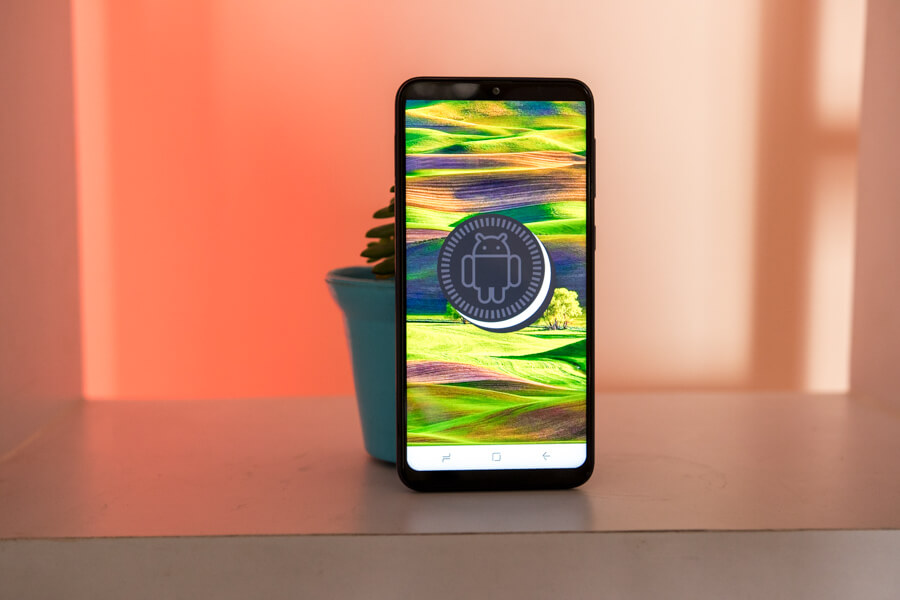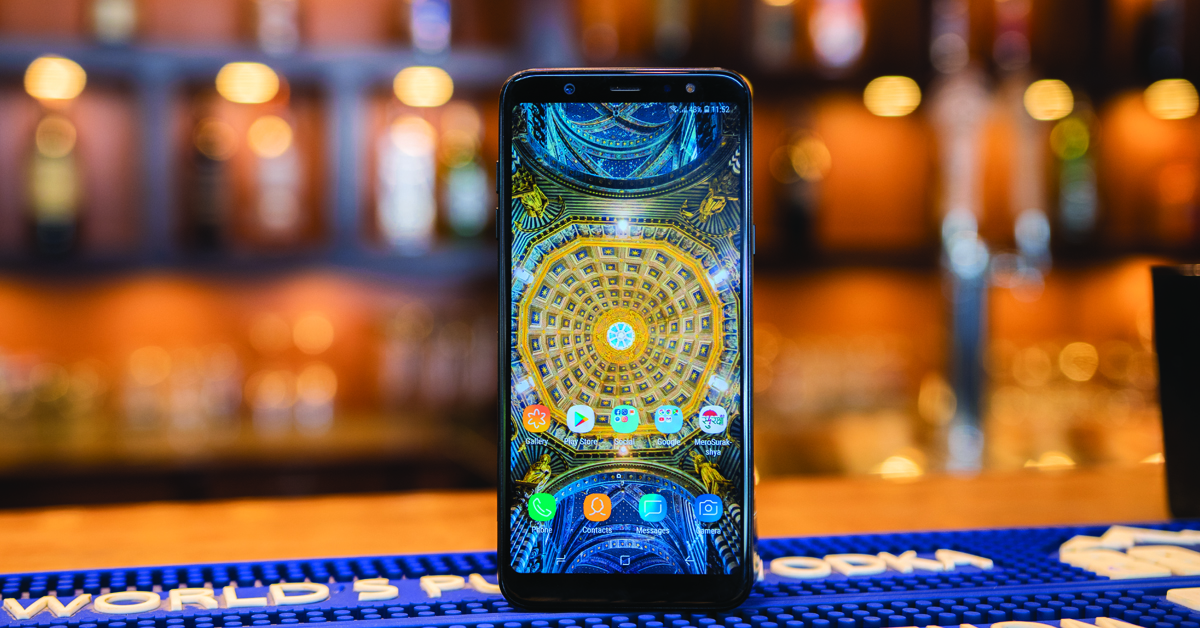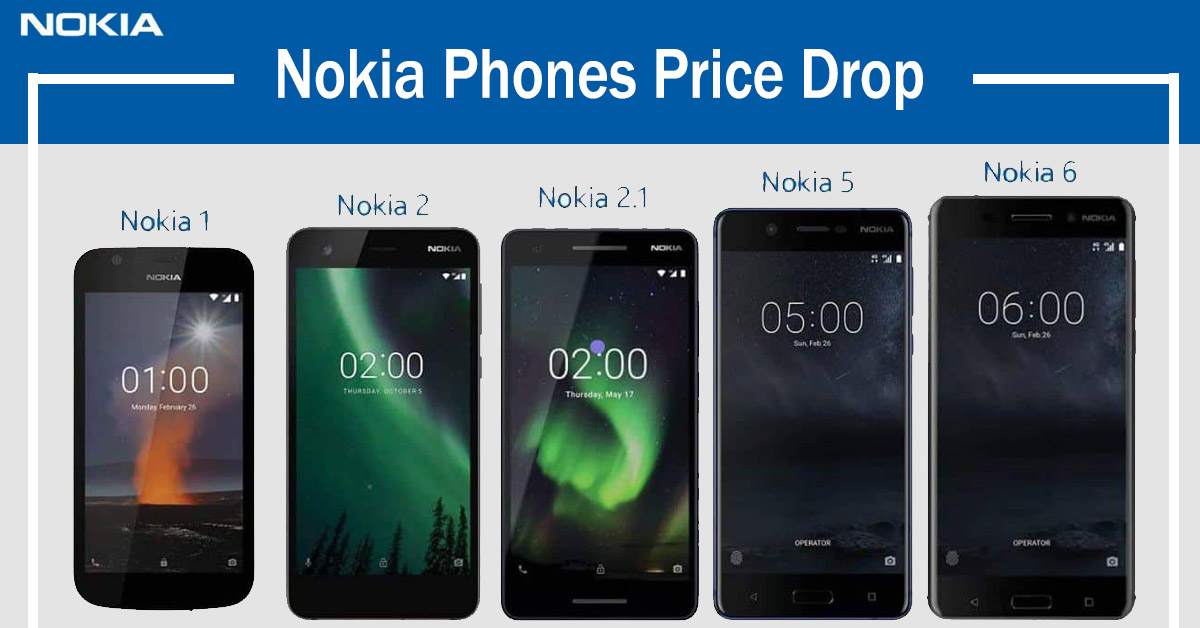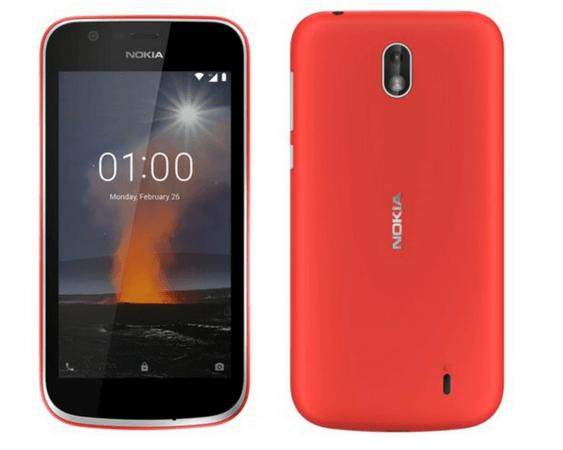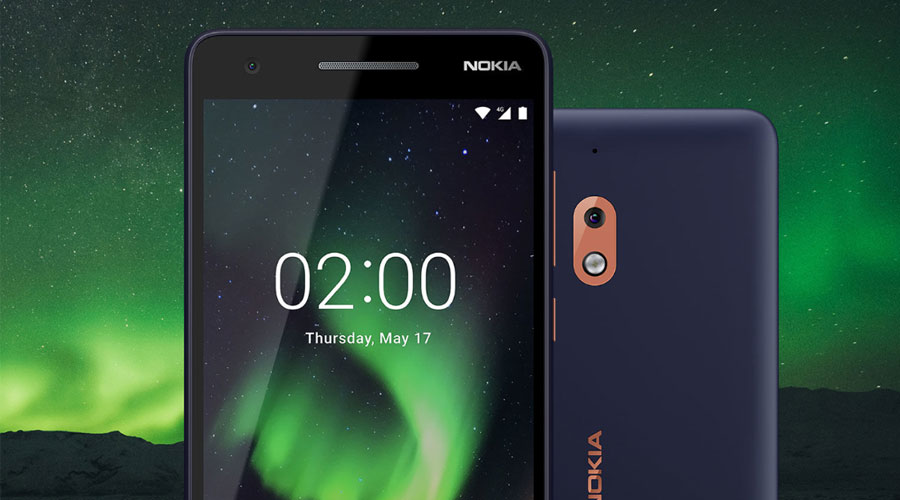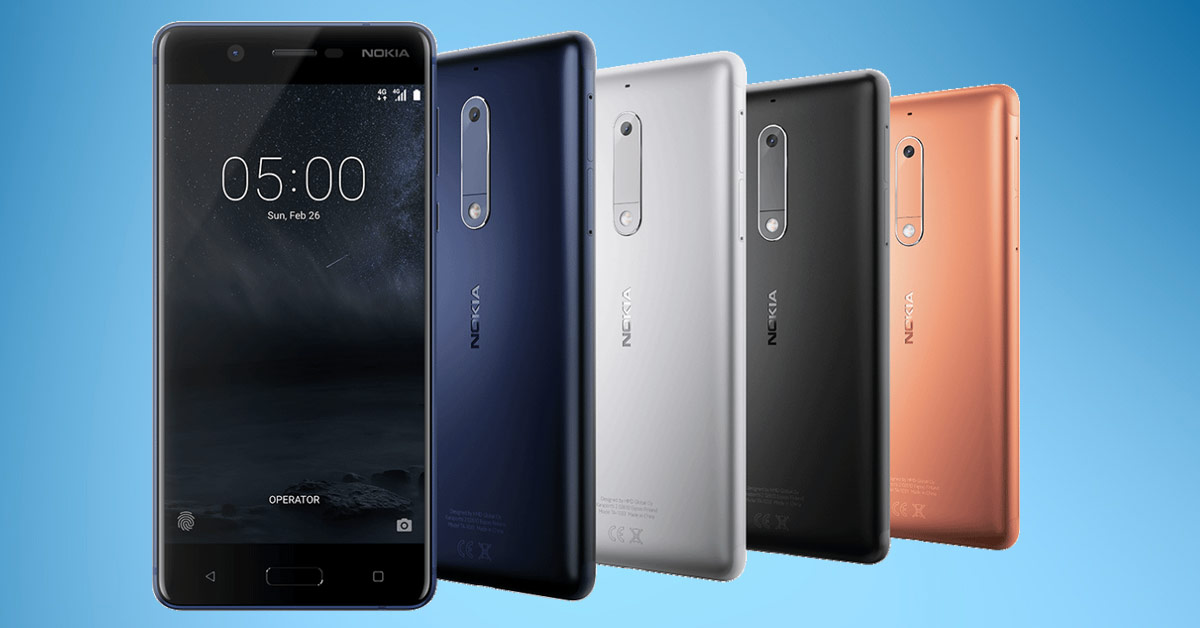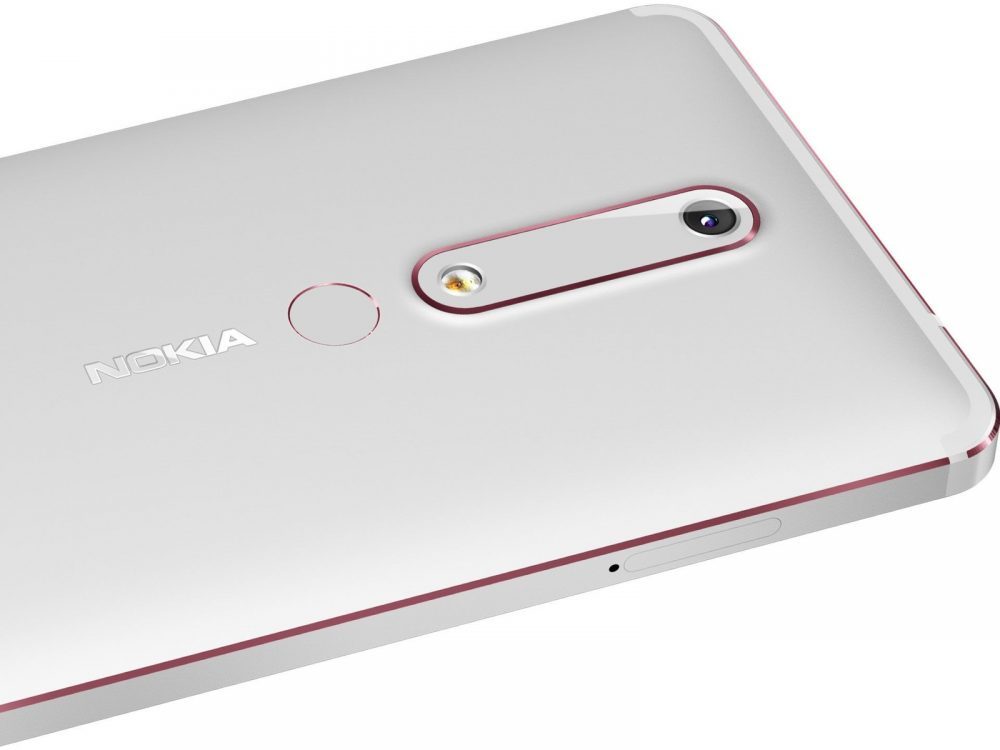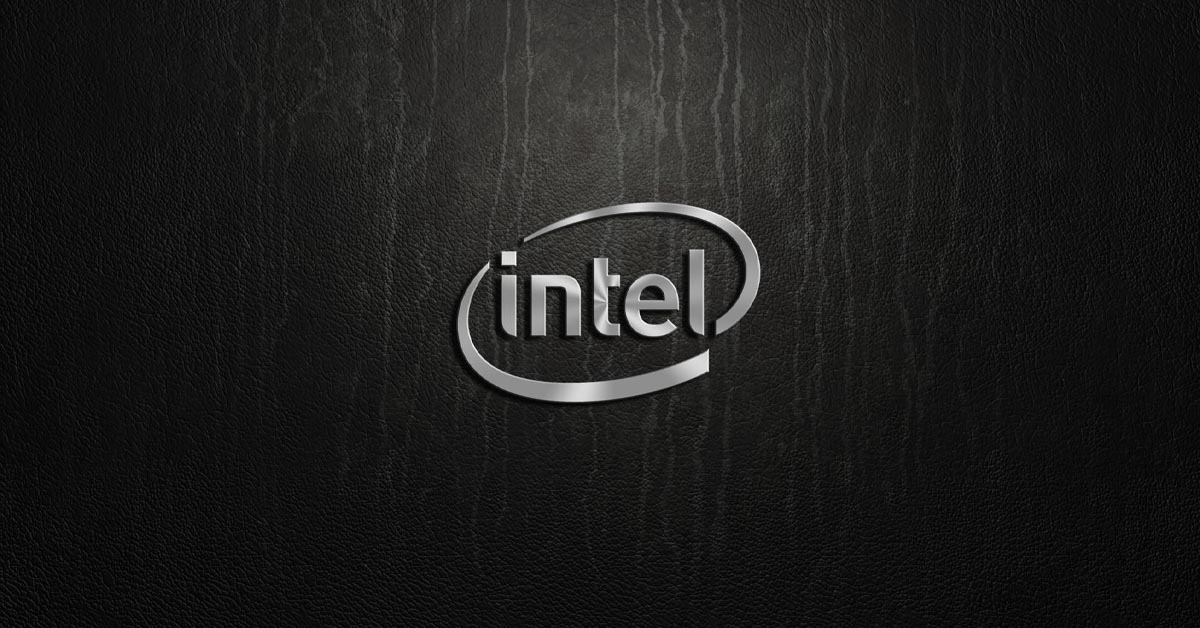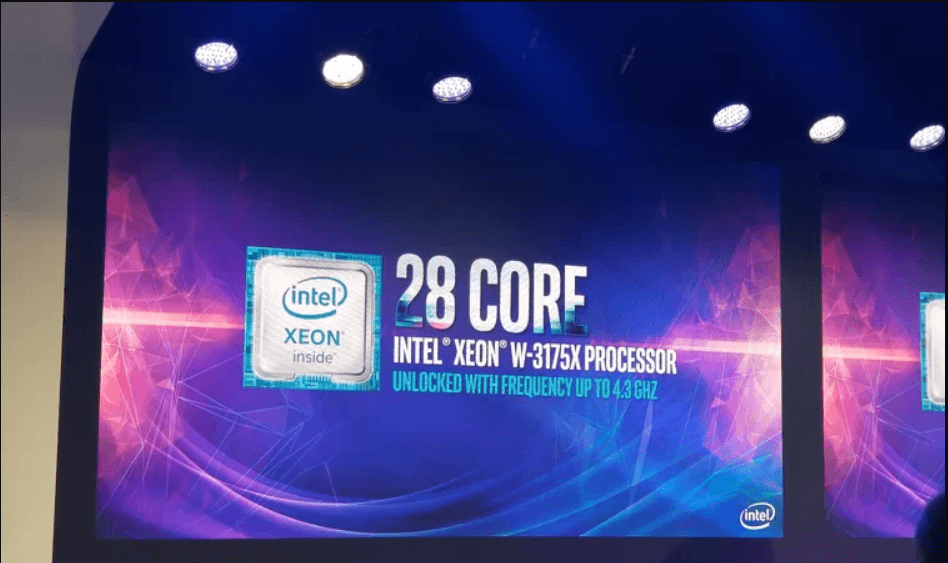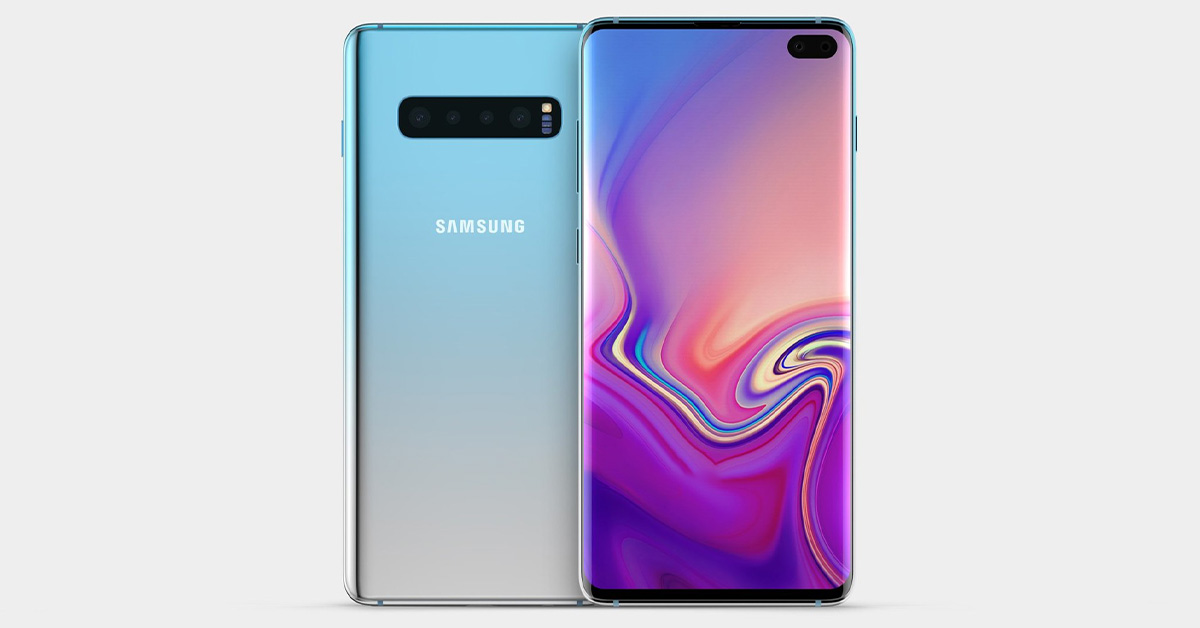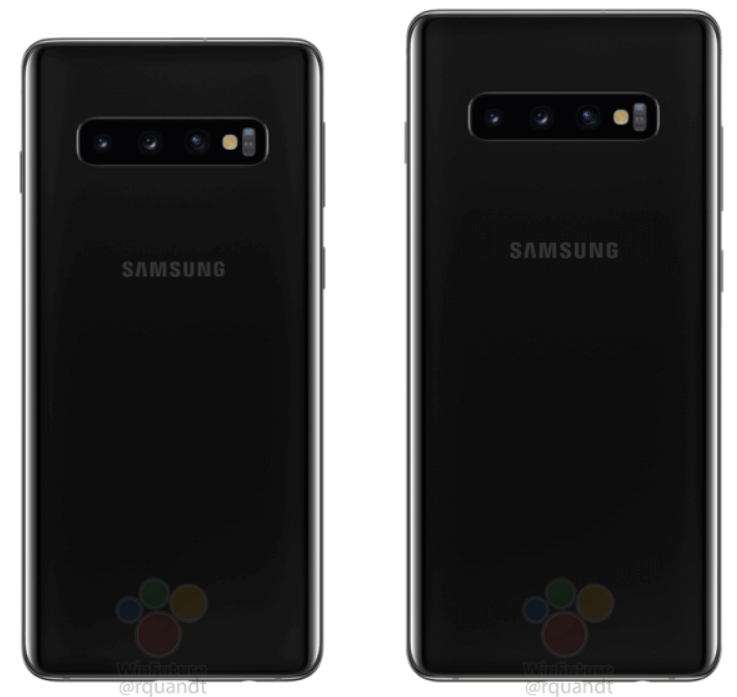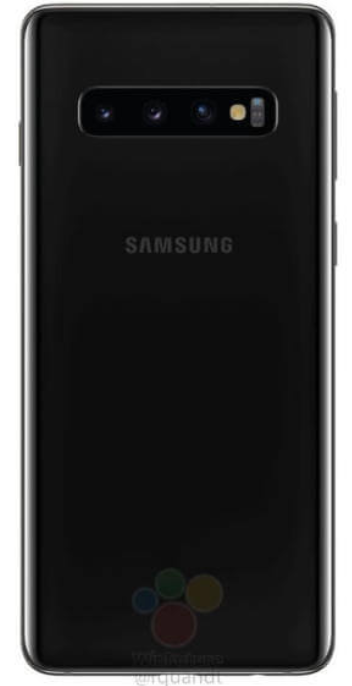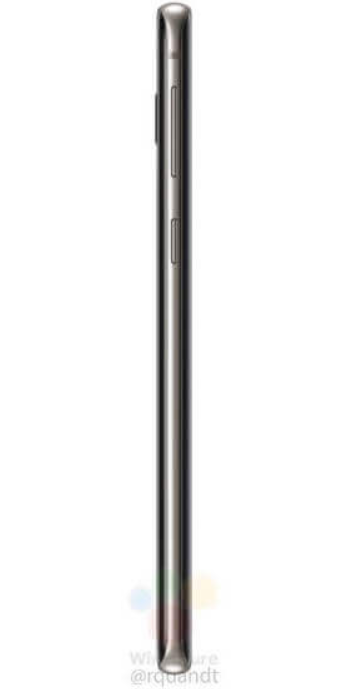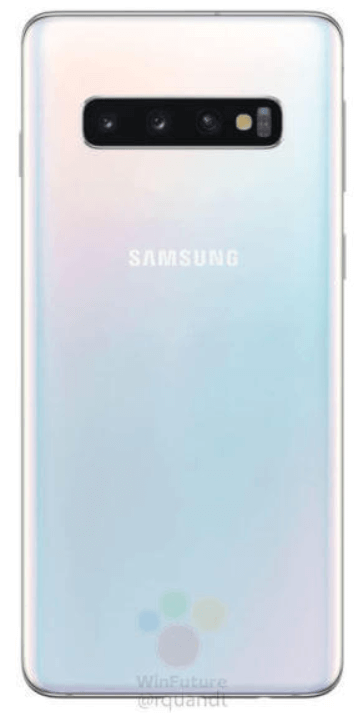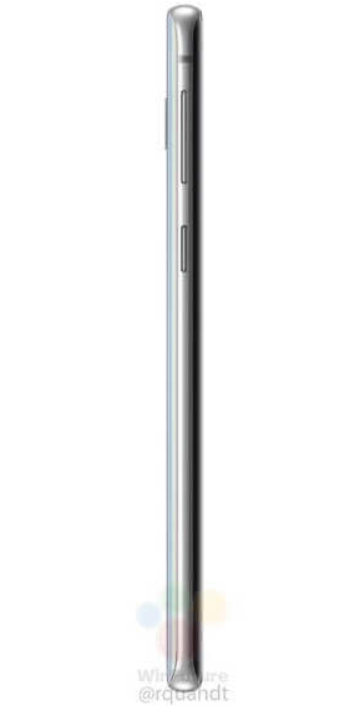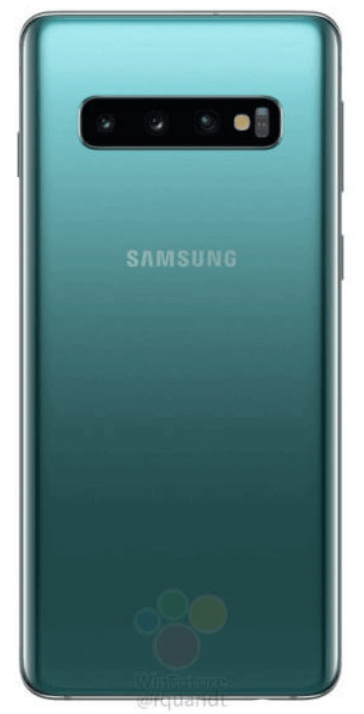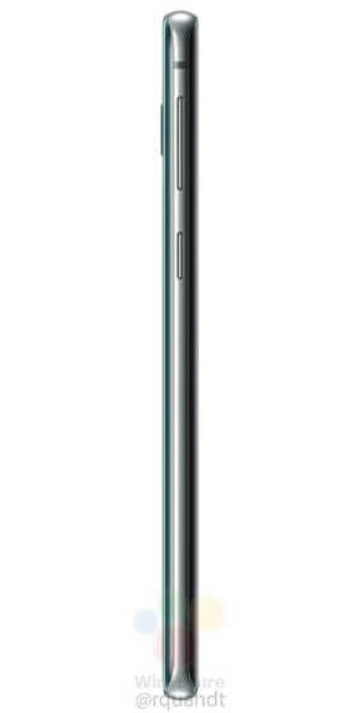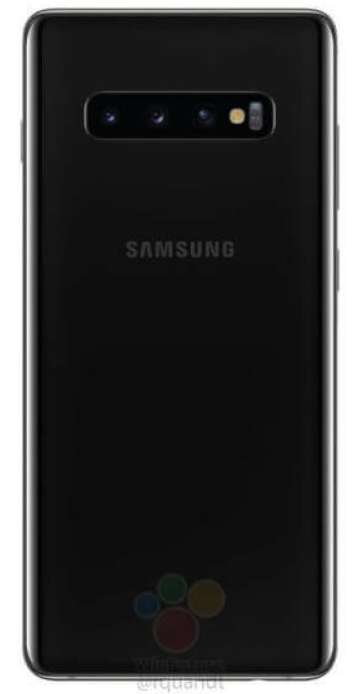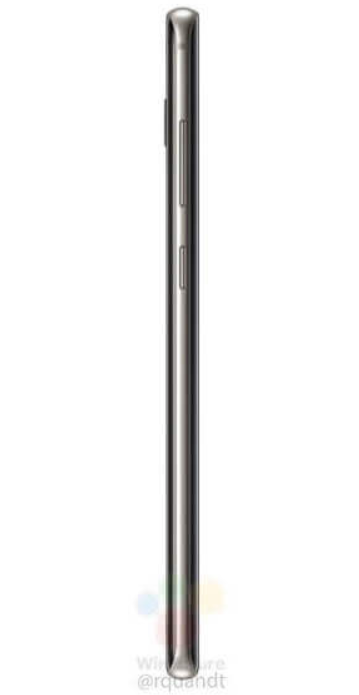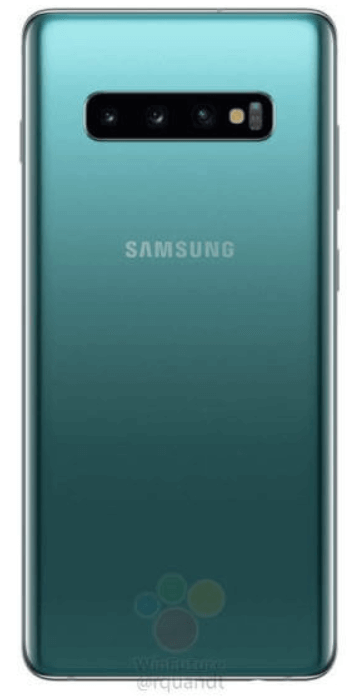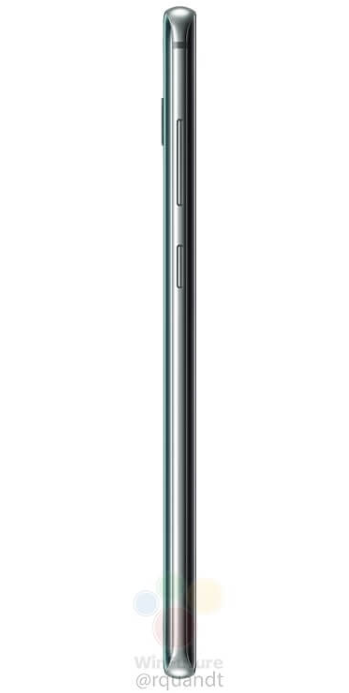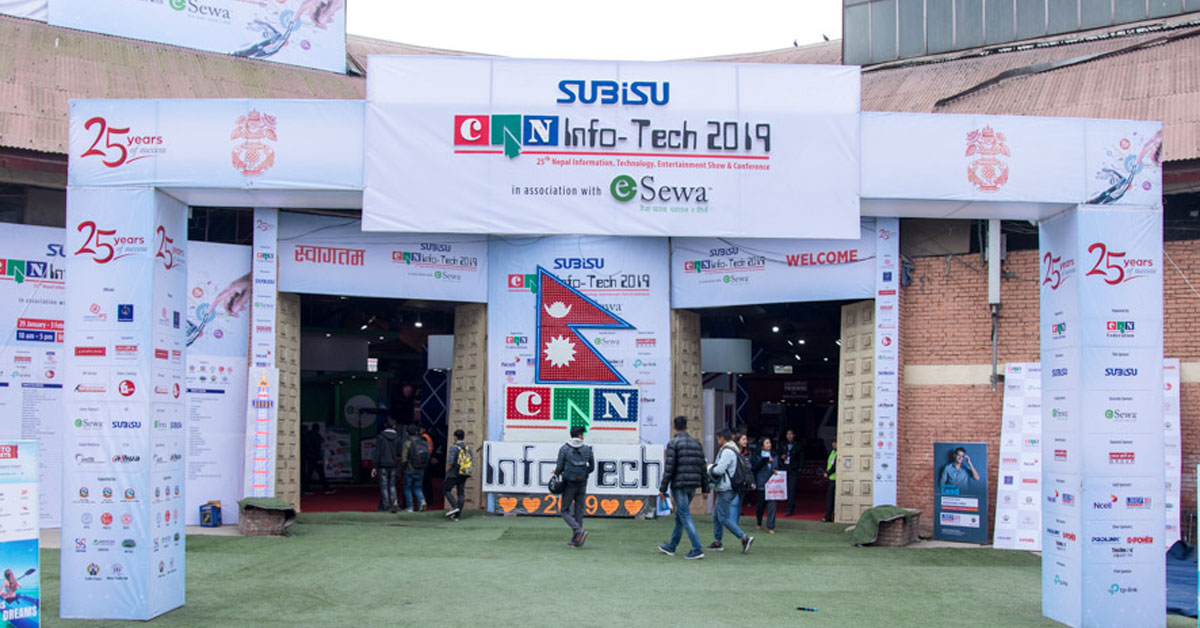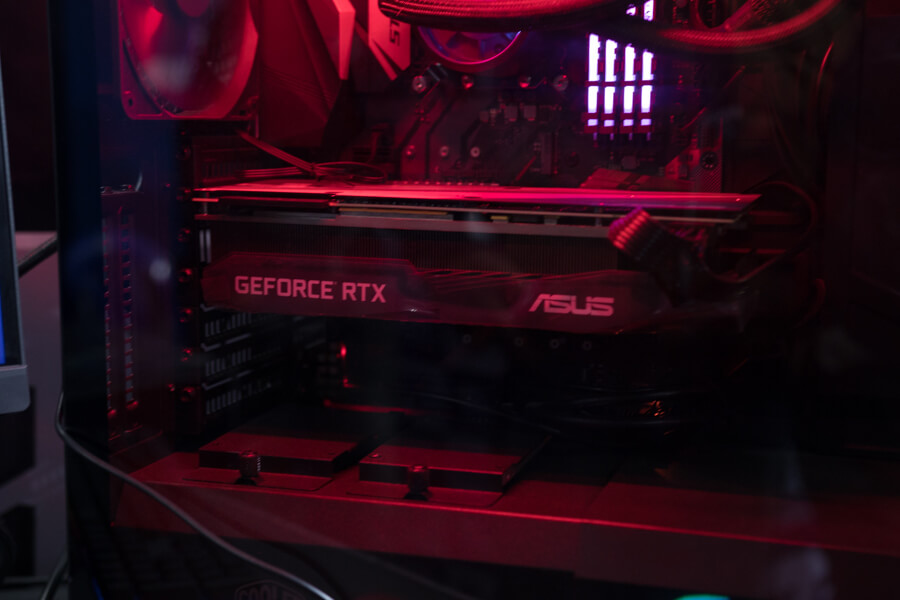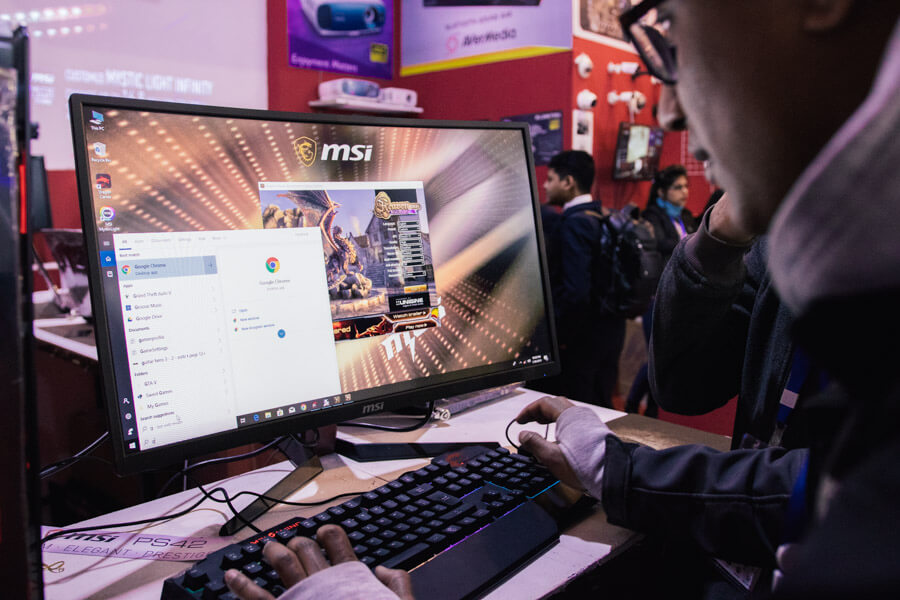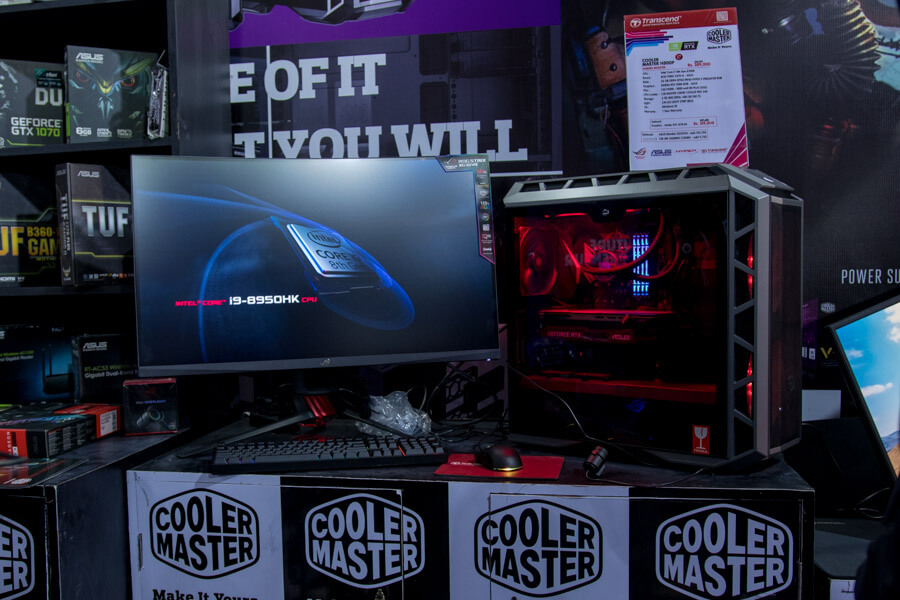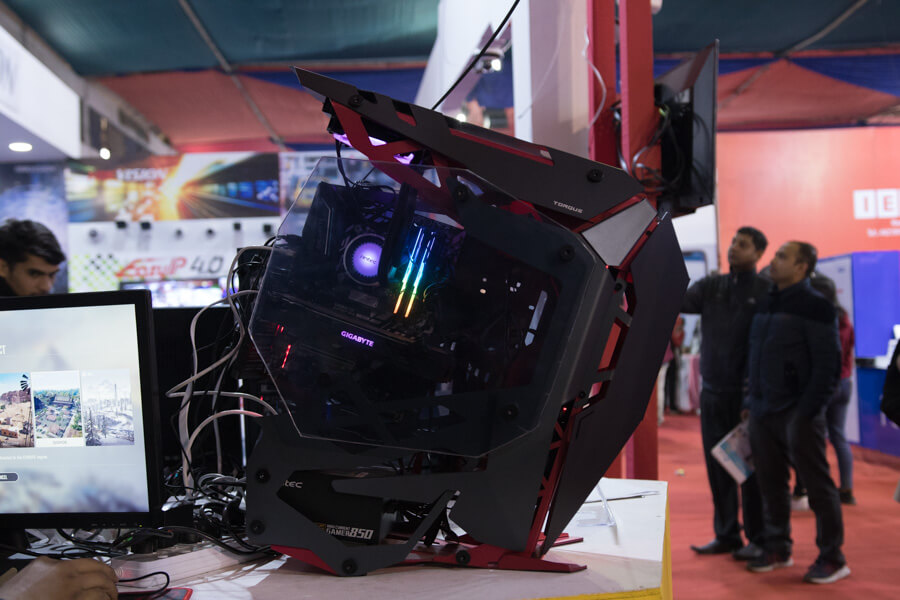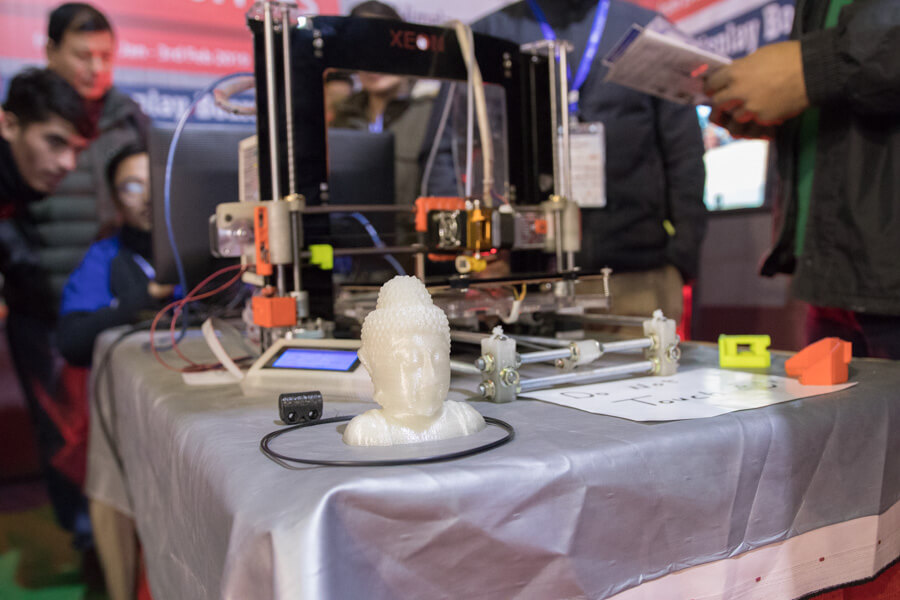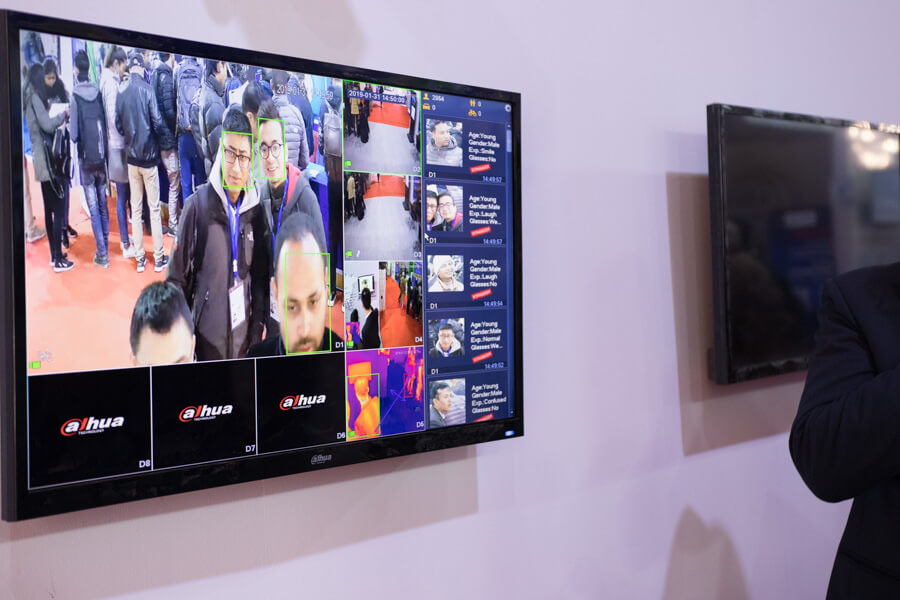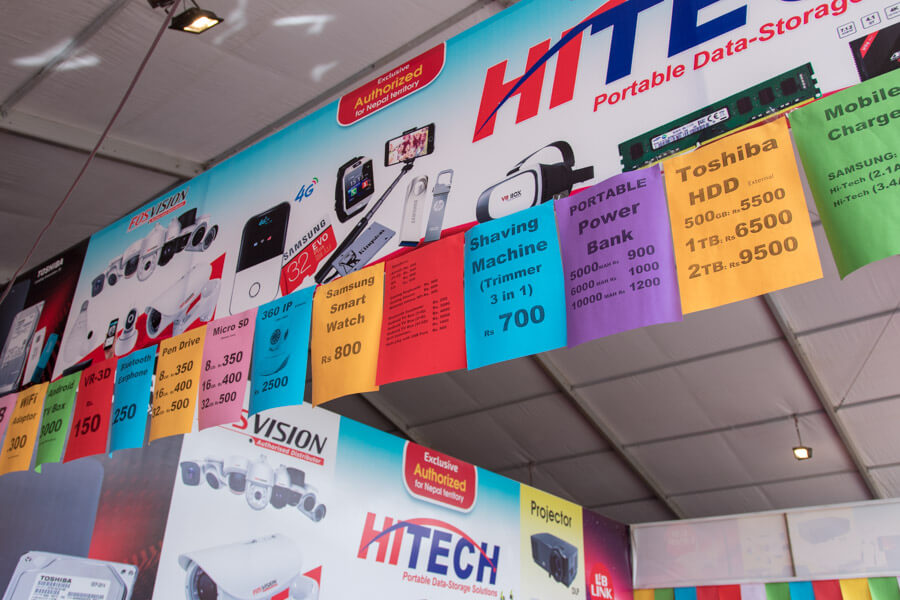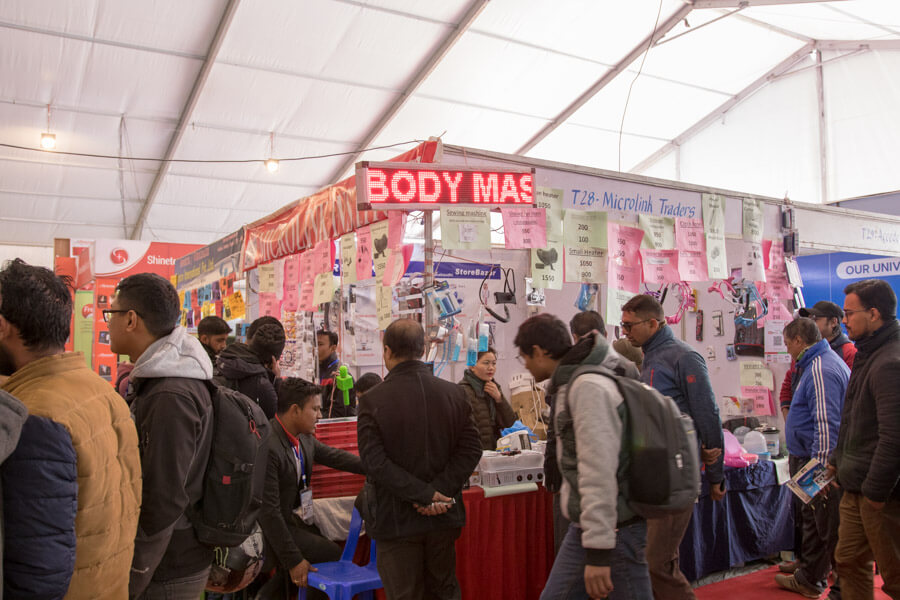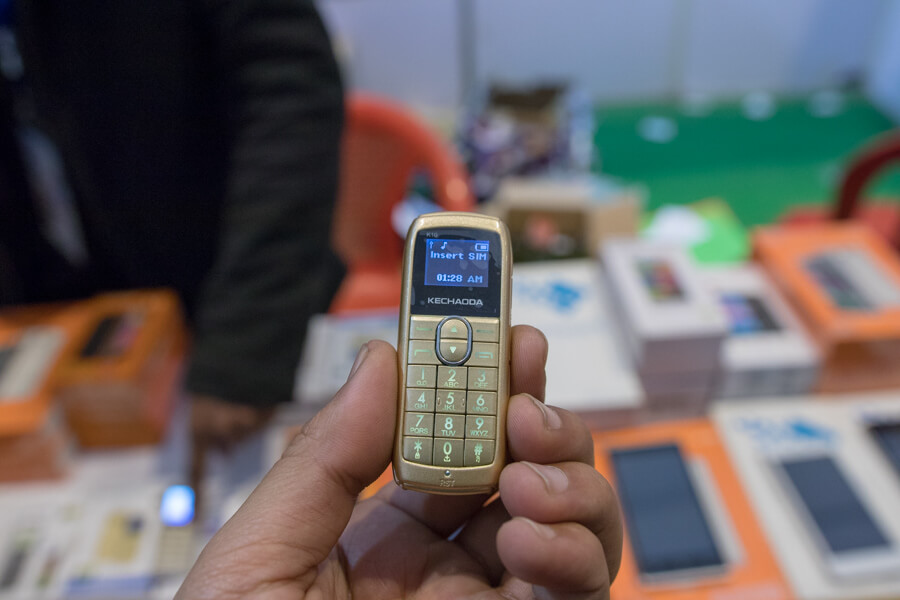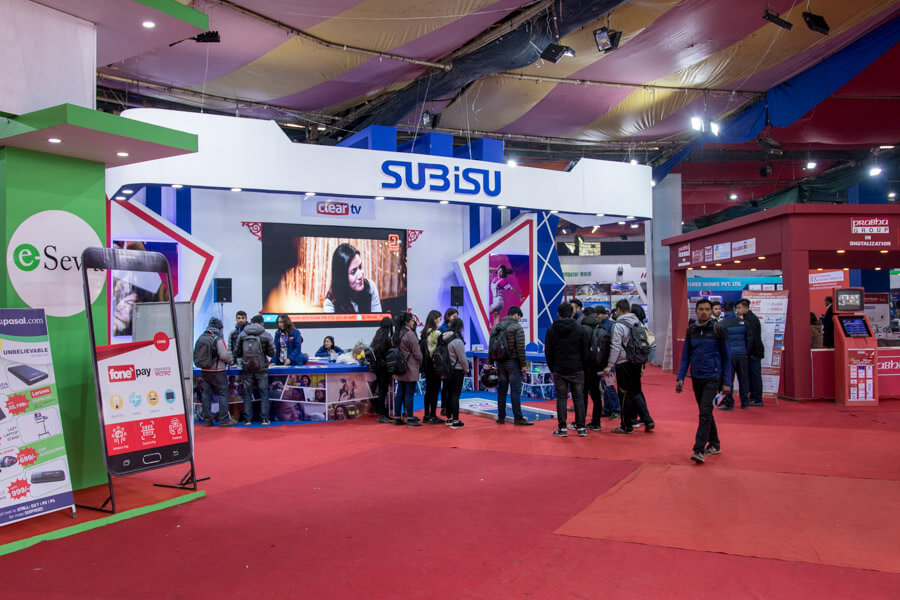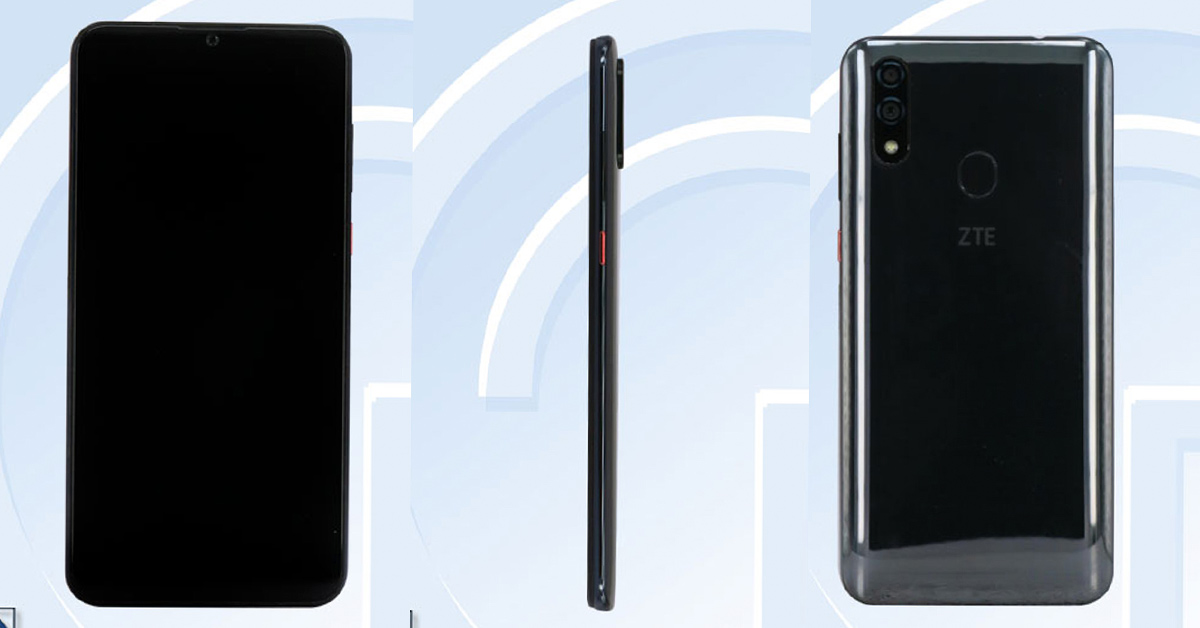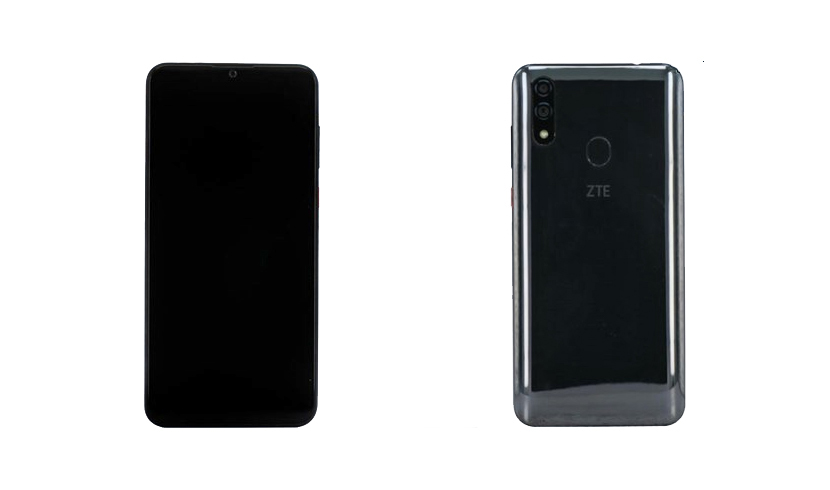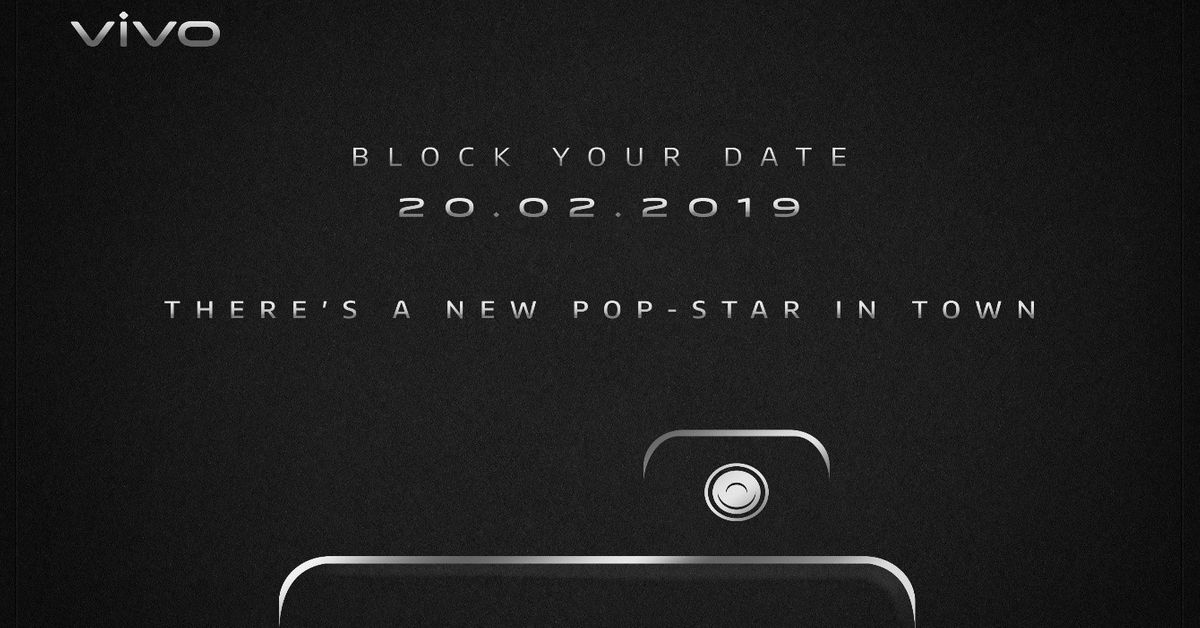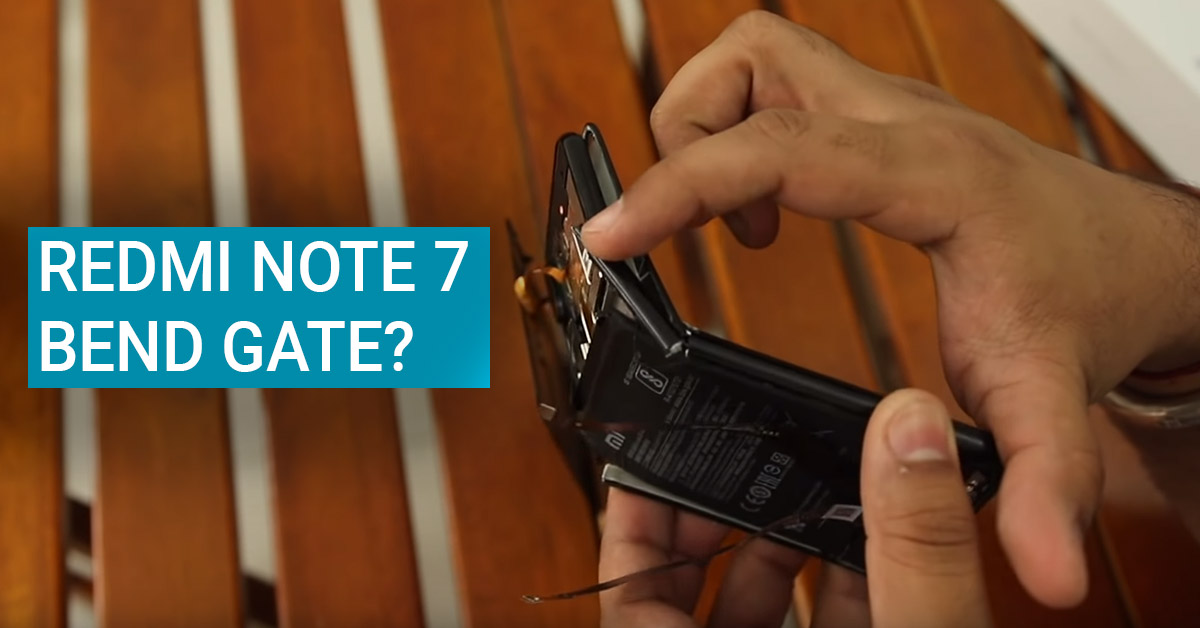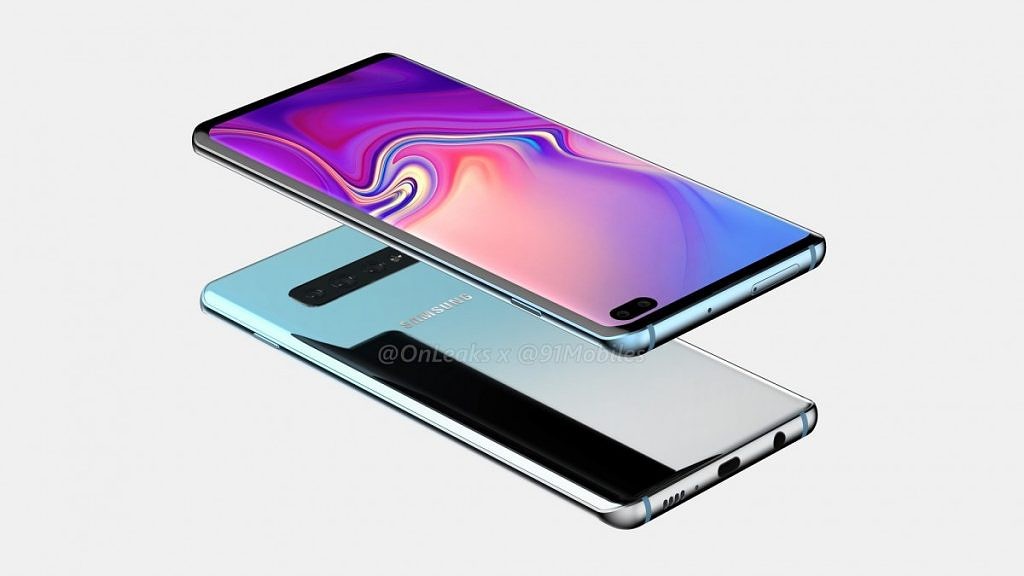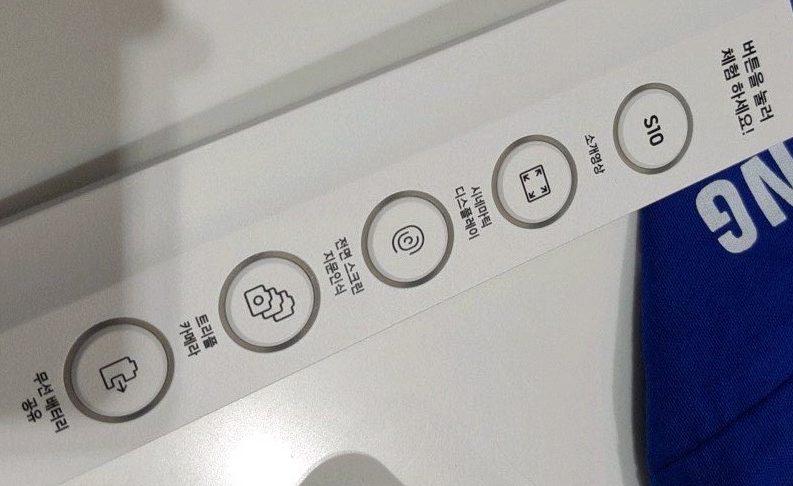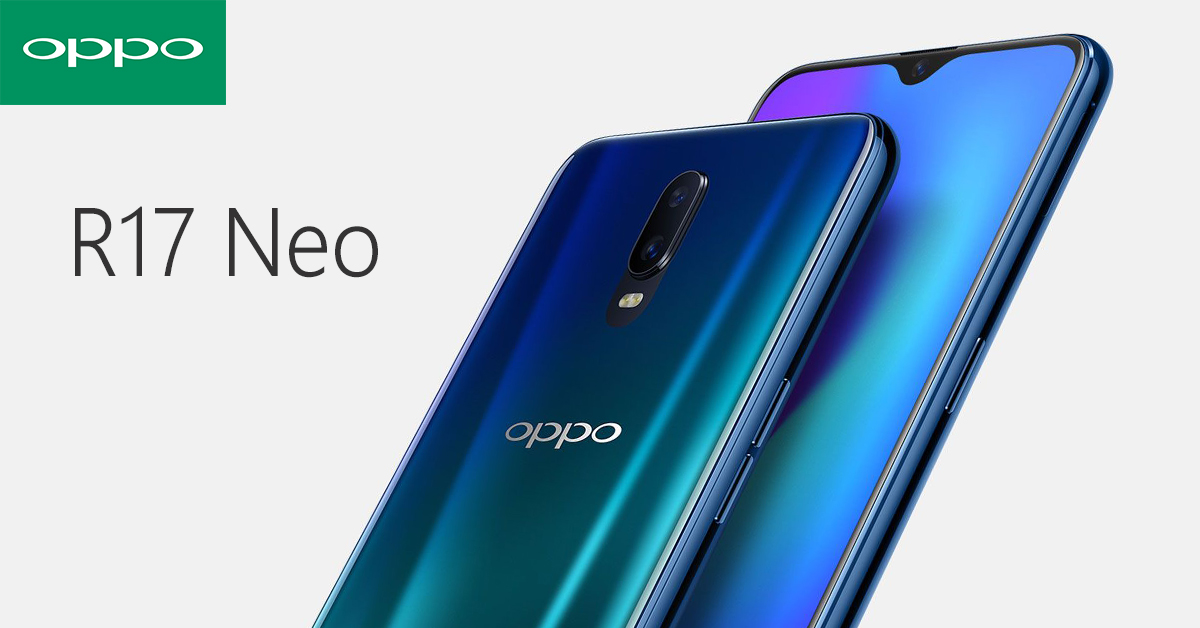Being a tech enthusiast, I attend the CAN Infotech every year. And although this is supposed to be the biggest tech expo in Nepal, it feels more like a Haat Bazaar of sorts. Why? Because it is now more of a platform for businesses to advertise themselves and sell their products rather than ideas or new concepts. And I, personally, feel like the quality of this mega tech event is going downhill – year after year.
This 25th edition of the mega event was no different. Named Subisu CAN Info-Tech 2019 in association with eSewa, the promotion of the event looked promising. There were various schemes to attract visitors too. Besides the attractive discounts on the products there, consumers could win various gift vouchers and prizes every three hours, and 1 lucky winner could get a bumper gift hamper every day.
But it’s really difficult to find anything that will compel you to stay for more than 2 hours – at best. It’s a new edition of the event, but same old exhibitors and same old shortcomings. Actually, some old exhibitors have stopped exhibiting themselves at CAN now. Because, well, anyone can plainly see the event is not what it is supposed to be.
The Good
Fine. Let’s also talk about what is good at CAN Info-Tech 2019. There actually is not much to talk about, though. There is no wow-factor…nothing particularly interesting and not worth much of your time either. So, when I say “good aspects”, I mean it is good compared to other exhibits that are there.
The thing that first cost my attention a few desktop computer exhibits were showcasing computers with the latest RTX series graphics and up to i9-9900K processors. Ocean Computers, the authorized distributor of MSI in Nepal was one of them and Nagmani (ASUS computers) was another. But the price of the computer was hefty, starting at Rs. 380,000! But that is to be expected for top-end gaming rigs. However, we found that they were selling their products there with huge profit margins. Antec, who specializes in power supplies, PC coolers, and cases, also displayed attractive products, and if you want to build your own custom PC, they are a good choice as well.
Good of Can Info Tech 2019
Another exhibit showcased 3D Printers that were manufactured in Nepal itself. Which means 3D printers for an affordable price in the country itself. They were also showing a live demo of the printing mechanism, which looked interesting. The price of the 3D printers was as low as Rs. 35,000! They were a bit slow, but the price seemed right.
It was really difficult to find good exhibits at CAN Info-tech. However, it does look like Security Systems are at quite a demand in Nepal right now. Judging by the number of security system companies that were there. Adhua Technologies exhibiting AI security cameras that could predict the gender, age and facial expression of the people in the view. That is a bit interesting, but not really new, though.
What else? Karkhana made its presence known by giving demos and “smart classes” to enthusiastic children and youngsters about various kind of technology. That is a good way to get children to innovate, and something worth mentioning. As usual, there were some engineering students showcasing their projects like mini robots and such. That is there, every year, but it, at least, catches your attention. Doko Recyclers were making people aware about e-waste and recycling them, which is a good initiative, too.
The Bad
Where do I start? I wouldn’t say anything is bad, because nothing is really good at all, besides the things mentioned above. There were no phone companies this time around, no new products were launched. They know that it is really no use paying a hefty sum to present themselves at an expo whose standard is decreasing. There was, however, one brand, Vitu, which makes super cheap phones with modest specs.
Even ISPs like Vianet and WorldLink were a no show. The only ISP present was Subisu, which is the title sponsor of the event. And we mostly hear nothing but complaints from Subisu users anyway.
eSewa was marketing itself pretty aggressively I’d say. Visitors could register themselves for a lucky draw which would lead to an eSewa account being created. But eSewa personnel were going around collecting numbers of people for that very reason. Now, I have an eSewa account, apparently. Marketing themselves is fine and all, but that looks very aggressive.
Bad of Can Info Tech 2019
The Info-tech is really a Haat Bazaar. Companies were selling things like shaving razors to massagers. Pilot pens are something that has always been there. Also, leather goods are something that we can do without at a tech expo. In addition, we even saw coffee and tea powders being exhibited. Now, I love coffee as much as any other person, but CAN Info-Tech is supposed to be the largest technology expo in Nepal, and these things just don’t fit in there!
Companies were luring visitors with discounts and schemes of various kinds. But seeing as how some of them were already placing hefty profit margins, I doubt the discounts are even genuine at all. I would like to give those companies the benefit of the doubt, but for some reason, I can’t. All this doesn’t sum the bad aspects of the expo, but there’s no point in going on about something that’s all bad.
The Ugly
Even after a tech expo that is mostly bad, you know what the ugly part is? That we, as consumers and people have gotten used to the decreasing standards. The expo still gathers a lot of crowds. People swarm in by the thousands, and most leave disappointed. Only some, who actually come to buy stuff might be content.
Sammy Traders, a former exhibitor at CAN expressed that CAN doesn’t really encourage exhibitors to launch new products but exhibit the ones that generate more profit. And so, they have stopped exhibiting themselves at CAN InfoTech.
The essence of CAN Info-Tech is now nothing but a platform to buy flash drives, earphones, and mobile accessories for cheap. And nobody complains. Maybe, partially, because there is no responsible body to take action. CAN (Computer Association of Nepal) is the one organizing it, and the way they started out is commendable. To introduce something like this in a country where IT field is very backward is great. But they haven’t been able to maintain the standard.
What could be the solution to this? Do we need a new body to organize such things in a more effective way? Or is it, us, as general consumers who need to demand more from such tech expos? Do let us know what you think of this year’s CAN Info-Tech.
